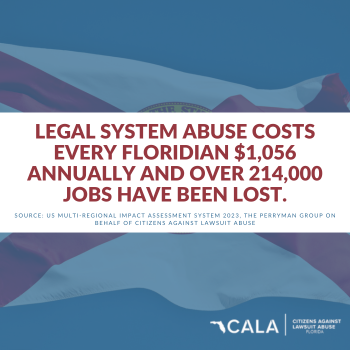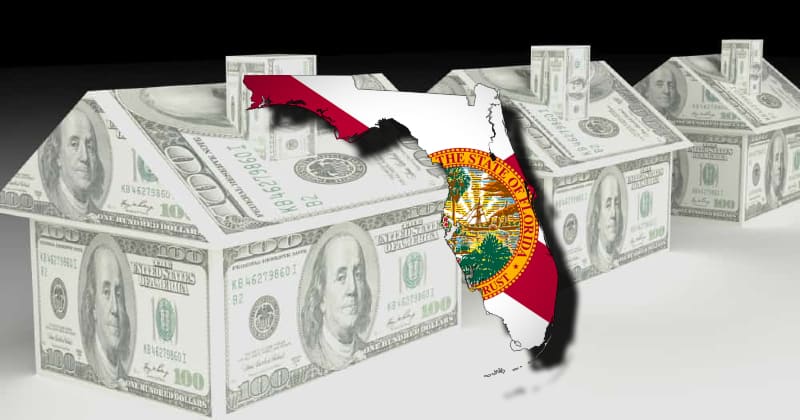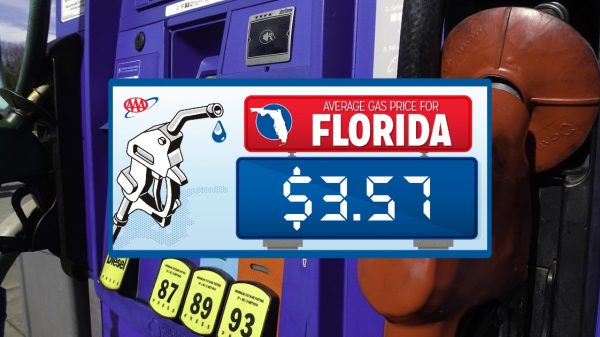U.S. Sen. Mitch McConnell, R-Ky. touched a nerve during the COVID-19 bailout debates, suggesting the federal government shouldn’t bail out mismanaged blue states. They should be forced to file bankruptcy instead. Congressional Democrats whimpered and moaned about how much more in taxes they pay to the federal government to support impoverished, non-productive red states.
Is it a good reason to transfer money to states in financial trouble long before anyone heard of COVID-19? Why should American taxpayers be bailing out poorly run states like Illinois, for example, and cities run and managed by Democrats. Why should the government be bailing out states that have high taxes so that people can just write off their federal returns? Isn’t that federal subsidization?
When Congress passed the Tax Cuts and Jobs Act (TCJA) in 2017, it put a cap of $10,000 on state and local tax deductions (SALT). Without it, rich people in blue states that had bloated, wasteful state and local taxes were able to deduct those ludicrously huge tax numbers from their federal taxes. And this resulted in those states sending far less tax money to the federal government.
Others claimed that red states would be “entirely broke” without blue states. The Democrats have gone overboard, pushing the narrative that the “red states” are poor and backward while the “blue states” are productive and economically sophisticated. And it is the liberal blue states that are the biggest grantors supporting the federal government; and without them America would go belly up.
The implication here is that red states would never survive any sort of separation from the blue states because the red states would then miss out on the presumably large amounts of free money. While it is true that a handful of red states receive much more in federal spending than their residents pay in federal taxes, this is not indicative of most red states. This is not the case in states with larger metropolitan areas such as Florida, Texas, Georgia and Tennessee.
It’s true that the average taxpayer in blue states pays a higher per capita income tax than the average taxpayer in red states. That’s because those states, particularly Connecticut, New York, Massachusetts, New Jersey, and California, have more rich people living there.
Red states do receive 35.75% on average of their budgets from the federal government. And blue states receive only 30.80%. But the blue states get a lower percentage because their total budgets are far larger due to all the bloat and waste of tax dollars. The 10 states in the best fiscal condition are almost all red states. Tennessee has never been in the red. The 10 states in the worst financial condition are almost all blue. Illinois had five times as much debt as it did assets last fiscal year.
CNBC examined the infrastructure of every state, including roads, airports, water systems and ports. The places with the worst-rated infrastructure are six Democratic states, which also rank among the highest in taxes collected per resident: Connecticut, Hawaii, Maryland, Massachusetts, New Jersey, and New York. The worst airports, all in NYC, have enormous taxing power.” They get money from “fees, tolls, fares, and rents from bridge and tunnel crossings to the airports.” They use this to subsidize lavish salaries and benefits for workers and to pay for costly political gratuities.
The Tax Foundation’s State Business Tax Climate Index analyzes how well states structure their tax systems. As expected, the poorest performing states are generally the highest taxed states. And to see the details, we can look at state-by-state comparisons in terms of “return on their taxes paid in.” This is a measure of how much each state receives in federal spending for every federal dollar extracted.
If you look at the amount of money the federal government gives to states on a per capita basis instead, blue states get more; $2,124 per resident. Red states receive just $1,879 on average, even if red states receive more in federal welfare, it’s not going to Republicans. Those on public assistance, as well as long-term disability and unemployment, are overwhelmingly Democrats.
Data shows that last year, federal spending in Minnesota only amounted to 48 cents for every tax dollar in the state. Mississippi received more than three dollars for every tax dollar paid by its taxpayers. The left tries to convince people all red states are like Mississippi. But most states, red and blue, are much closer to the financial middle. The states that are within a few cents of receiving a dollar for a dollar include the Dakotas, North Carolina, Nevada, Wisconsin, Missouri, Kansas, Utah, Maryland, and Florida. Meanwhile, California and Texas are approximately equal with each other.
The characterization of red states as an economic drain on the country requires quite a bit of hyperbole. It is woefully unfair for taxpayers living in sensible states without bloated taxes and didn’t get huge deductions to be forced to subsidize expensive government projects elsewhere. The average millionaire living in New York or California deducted more than $450,000 worth of state and local taxes; the average millionaire in Texas deducted only $50,000 in local taxes.
Just how bad would red states be if they broke away from blue states? Only a minority of these states would be in the red and get back more than they paid in. Over half of them are net-tax-paying states or within a few cents of being one. With the exception of Mississippi, West Virginia and Alabama, most of these states could expect to be self-funding in case of a national break-up.
Progressives designed the federal income tax to burden high-income earners and support policies to make the federal income tax weighted toward the wealthy. It is typical for states to receive more in federal funds than they collect in federal taxes. This is an anomaly made possible by rampant federal deficit spending. Statistical differences in federal income taxation and welfare policy is not a bailout. Pumping federal cash into spendthrift states to rescue them from underwater pensions and backlogged debt service is. Progressives will rob Peter to pay Paul until Peter runs out of cash.
William Haupt III is a contributor at the Center Square.

















